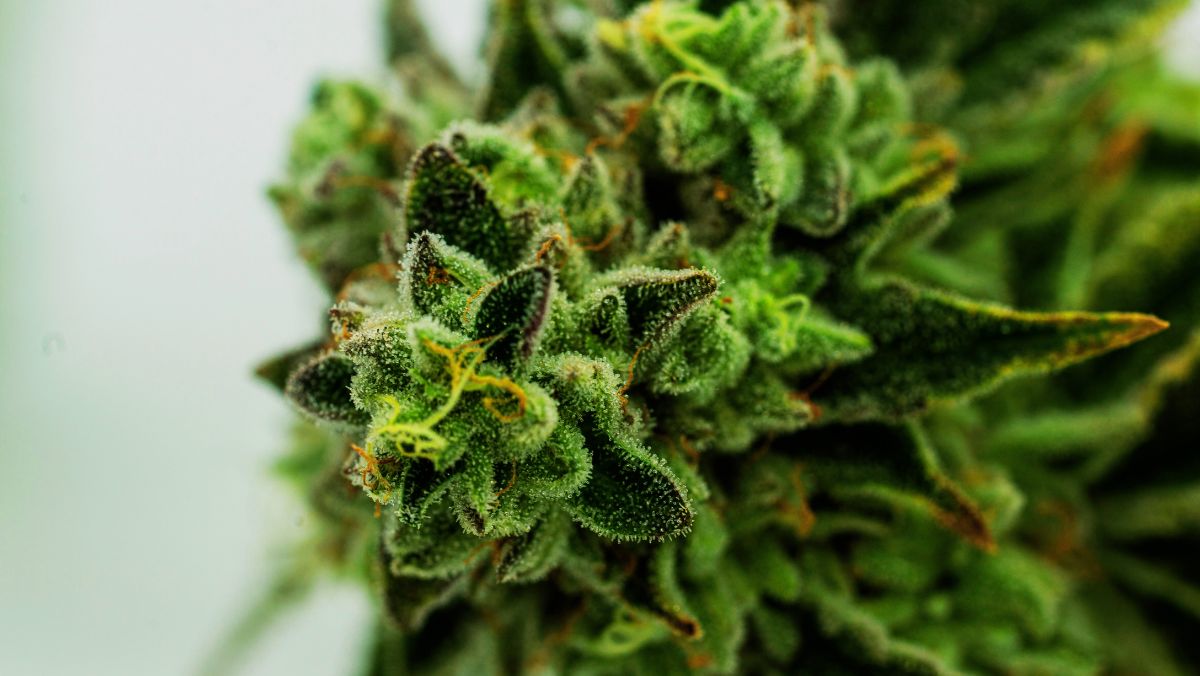Cannabis is most famous for its leaves and buds, but what about its roots? Modern research is limited, but it turns out that cannabis roots offer immense therapeutic potential.
A History of Cannabis Roots in Medicine
People have incorporated cannabis roots in medicine for thousands of years. In fact, cannabis roots first recorded use dates back to 2700 BCE in China, when Emperor Shen-Nung called them a remedy for pain relief. Chinese healers dried and ground the roots into a thick paste to ease discomfort during surgery and applied it to help heal broken bones.
In 79 BCE, the Roman historian Pliny the Elder detailed accounts of boiling cannabis roots in water to soothe burns, joints, and gout. Fast-forwarding to the 18th century, English physician William Salmon wrote about cannabis roots to promote supple joints and treat back, hip and leg pain.
By the 1800s, physicians and herbalists recommended using cannabis roots to soothe the body by treating various ailments, including:
- Fever
- Inflammation
- Gout
- Arthritis and joint pain
- Skin burns
- Hard tumors
- Postpartum hemorrhage and difficult child labor
- Gastrointestinal activity and infection
Benefits of Cannabis Roots
Today, cannabis roots are not as popular as the plant’s buds, but modern medical science is taking a new look at what this long-neglected portion of the plant has to offer. In a 1971 study, researchers discovered cannabis roots contain friedelin and epifriedelanol, two triterpenoids. Triterpenes are unique compounds composed of three terpene units in plant gums and resins. Like terpenes, they help cannabis defend against predators while exhibiting health benefits to humans who consume them. Possible therapeutic benefits include:
- Soothing troubled skin: Applying crushed, dry, raw cannabis roots to the skin can assist various conditions, such as helping to soothe and heal burns, cuts, rashes, and dermatitis.
- Protecting the liver: Studies say friedelin—a triterpenoid found in cannabis roots—contains liver-protective properties.
- Fighting bacteria and cancer: Pentacyclic triterpene ketones, another compound found in cannabis roots, can reduce bacteria and tumor activity. Research suggests it could also cause apoptosis (programmed cell death) in cancer cells
- Maintaining healthy cells: Cannabis roots have small quantities of choline, a water-soluble compound believed to be an essential dietary nutrient vital to developing and maintaining healthy cell membranes.
Cannabis Roots to Treat Inflammation
Cannabis roots contain several pentacyclic triterpene ketones, known for their antimicrobial and anti-inflammatory effects.
Most recently, a study in 2017 entitled “Cannabis Roots: A Traditional Therapy with Future Potential for Treating Inflammation and Pain” investigated the medicinal efficacy of cannabis roots for this purpose. Dr. Ethan Russo, a pioneering endocannabinoid system researcher, was among the study’s authors.
Although the study concluded that cannabis roots are not a significant source of standard terpenes or cannabinoids, such as CBD and THC, they are rich in other compounds that may have therapeutic applications, particularly for anti-inflammatory activity, including:
- Friedelin is the most prominent triterpenoid in cannabis, which has anti-inflammatory and potential cancer-fighting properties. Friedelin showed potent anti-inflammatory activity in numerous in vivo tests in adult rats.
- Epifriedelanol might reduce tissue damage, with possible uses in dietary or cosmetic applications to fight aging-related diseases.
- Studies show alkaloids have promising anti-inflammatory utilities, such as fighting inflammatory bowel disease.
- Phytosterols could be used in dietary supplements to fight cardiovascular disease.
How to use cannabis roots
Topical Applications
Boiling cannabis roots in water and applying them topically is one of the best ways to target overactive inflammation. For this reason, many recipes, such as salves, lotions, balms, massage oils, and even pet sprays, call for cannabis root extract in their ingredients.
Unfortunately, brands haven’t popularized cannabis roots products yet, but people can make their own concoctions at home. Dried cannabis roots can easily incorporate into countless topical applications by mixing them with olive oil, coconut, and various essential oils for additional benefits and customization.
Typical cannabis roots salves recipes look something like this:
- Grind clean, dry roots (about two root balls) into a powder.
- Choose a type of fat to serve as the base, such as coconut oil, and mix the ground roots into it.
- Add water to avoid burning and simmer over low heat for 12 hours to prevent roots from burning. Most recipes recommend a 2-to-1 ratio of coconut oil to water.
- Allow the balm to cool and solidify, and store in an airtight container.
Edible Cannabis Roots
A topical cream, lotion, or balm is the most common way to work with cannabis roots. However, it is possible to brew the roots into a tea by slowly simmering dried, powdered roots in a crock-pot.
Follow these steps to brew a cannabis root tea:
- Grind the roots and add to water in a crock pot or a pot on the stove. You can add other ingredients for aromatics and flavor, such as cinnamon bark, anise, or mint.
- Simmer on low heat for 12 hours.
- Strain the tea before drinking.
A warning on ingesting cannabis roots: Cannabis roots offer many potential health benefits. However, they are high in alkaloids. While this is one reason for their therapeutic properties, alkaloids can be toxic in excess.
Bottom Line
Cannabis roots contain a treasure trove of potential medical benefits. Despite their historical use to treat various medical conditions, modern science has barely scratched the surface of what this part of the cannabis plant has to offer. We at ACS Laboratory think it’s time to explore the plant to its full potential, roots and all.
At ACS Laboratory, we are at the forefront of cannabis testing and love researching new compounds like roots! We test for the triterpene Friedelin Contact us to test your products today.









.png)




.png)
.png)
.png)
.png)